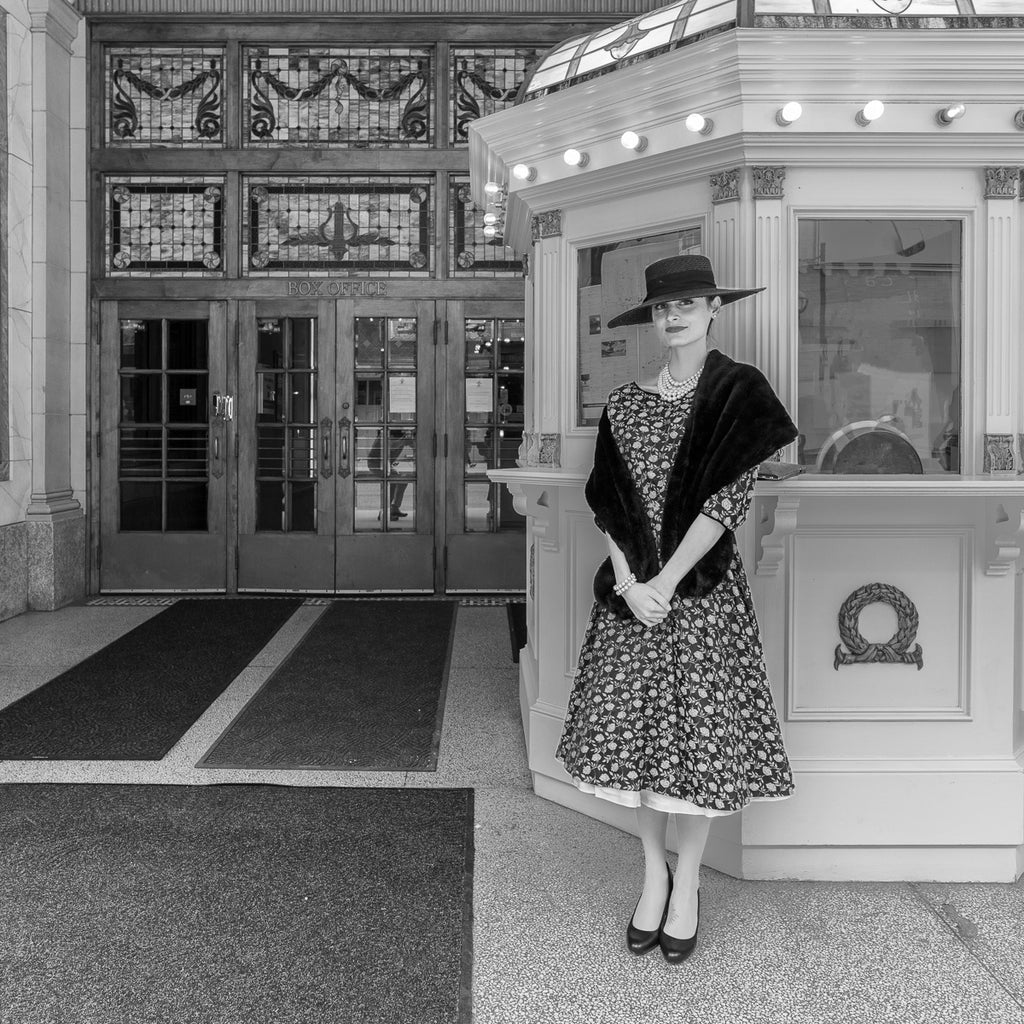Mar 05, 2024
10 Composition Rules in Photography
As a passionate photographer, I often dive into the heart of visual storytelling, and today, I'm excited to share my insights on the "10 composition rules in photography." These guidelines are my go-to toolkit for creating compelling images that speak volumes. Understanding these rules can transform your photographic journey, whether you're a budding enthusiast or a seasoned pro.

1. Fill the Frame
An excellent demonstration of the "fill the frame" principle can be seen in one of my photographs, showcasing an Old Brass New York City Fire Hose Nozzle. This image perfectly shows how filling the frame can dramatically focus the viewer's attention. By zooming in closely on the fire hose nozzle, every intricate detail, from the patina of the brass to the textures and shapes, becomes a point of fascination. The background fades away, ensuring that the nozzle isn't just the main subject; it's the only subject. This technique magnifies the importance of the object, inviting viewers to appreciate the finer details that might otherwise go unnoticed. It's a powerful way to convey the beauty and history of everyday objects, transforming them into captivating visual stories.

2. Simplify the Scene
Embracing simplicity can powerfully enhance a photograph, as my capture of the Flatiron Building in New York City demonstrated. This image embodies the "simplify the scene" concept within the "10 composition rules in photography," showcasing how a minimalist approach can lead to strikingly impactful results. The photo eliminates potential distractions by focusing on the iconic Flatiron Building and using the clear sky as a backdrop, allowing the building's unique architecture to dominate the frame. The simplicity of the composition draws the viewer's eye directly to the subject, celebrating its design and ensuring that the architectural beauty is the focal point. This approach highlights the main subject and conveys a sense of calmness and clarity, making the image more memorable and engaging.

3. Rule of Thirds
Probably my most used rule in the 10 Composition Rules in Photography is the Rule of Thirds. The "Rule of Thirds" is vividly showcased in my photograph of a lady standing by the Elgin and Winter Garden Theatre. This composition principle is brilliantly applied here, where the subject is positioned off-center, aligning with one of the vertical lines imagined in the three-by-three grid overlay. Such positioning creates a more dynamic, engaging image than if the subject were placed directly in the center. The way the lady's figure intersects with the grid lines draws the viewer's eye into the photograph, balancing the scene and giving it a natural sense of harmony. This method enhances the visual appeal and adds a depth of storytelling, making the image seen and felt.

4. Balance Elements
The concept of balance in composition is beautifully illustrated in my photograph of an old barn on the road in Flakstad, Norway. This image is a harmonious symphony of balanced elements, where the old barn, the rugged mountain in the background, the rustic fence, and the winding road all contribute to a perfectly weighted visual experience. Each component plays a crucial role in the composition, complementing each other without overwhelming the scene. The barn's placement is strategic, offset by the mountain's grandeur, while the fence and road guide the eye through the image, creating a sense of continuity and cohesion. This balance ensures the viewer's eye is engaged, moving smoothly across the photograph to harmonize every detail.

5. Leading Lines
My photograph of Pacific Plaza Park in Dallas is a quintessential example of using leading lines in composition. In this image, the pathways and park lines guide the viewer's eye through the frame, drawing attention to the park's center and allowing the eye to wander and explore the surrounding urban landscape. The lines create a journey for the viewer, starting from the bottom of the image and leading upwards, emphasizing the park's design and integration with the city. This technique adds depth and perspective and invites the viewer to walk through the scene mentally, experiencing the blend of nature and urbanity in harmony.

6. Symmetry and Patterns
The stunning symmetry in my photograph of the ceiling of Hallgrimskirkja Lutheran Church perfectly exemplifies how symmetry can elevate a photograph's visual impact. In this image, the architectural lines and geometric patterns of the ceiling create a mesmerizing effect, drawing the viewer's eye upward and inward. The symmetry here isn't just about balance; it's about creating a sense of awe and wonder, showcasing the beauty of architectural design. The precise alignment of every arch and curve turns the photo into a visual meditation, inviting viewers to explore the serene harmony and tranquil beauty embedded in symmetrical patterns.

7. Depth
The Manhattan view from Brooklyn Bridge Park beautifully demonstrates the effective use of depth in photography. In this image, the composition layers various elements to create a sense of depth: the water and pillars in the foreground draw the eye, leading to the lush treeline in the middle ground, and finally, the eye settles on the iconic Manhattan skyline in the background. This layering technique enhances the photo's three-dimensionality, inviting viewers to visually traverse from the front of the scene to the distant cityscape, thereby experiencing a rich, detailed journey through the photograph.

8. Viewpoint
My aerial shot of the rocky coastline at Slea Head on the Dingle Peninsula exemplifies how changing the viewpoint can profoundly alter the perception of a scene. Utilizing a drone allowed me to capture this unique perspective, transforming a simple coastline into an extraordinary landscape. From this elevated angle, the intricate textures and patterns of the rocks, the interplay of light and shadow, and the majestic sweep of the coast are all magnificently highlighted. This viewpoint reveals the grandeur of nature's artistry, showcasing invisible details from the ground level and inviting the viewer to experience the familiar in an entirely new way.

9. Framing
The photograph of the broken and abandoned Dodge truck cab is a stellar example of using framing in composition. This image utilizes the truck's lines and contours to frame the scene, drawing the viewer's eye directly to the subject's heart—the weathered textures and the poignant sense of abandonment. The black and white treatment enhances this effect, stripping away the distractions of color to focus solely on the stark contrasts and the storytelling details of the scene. It's a powerful use of framing that isolates the subject and amplifies its emotional impact, inviting the viewer to delve into the narrative behind the image.

10. Experimentation
A prime example of breaking the traditional rules to create compelling imagery is seen in my photo, capturing a woman and her daughter bike riding in Santa Marta, Cuba. While the subjects are centered—a departure from the conventional rule of thirds—their placement is intentional, making them the unequivocal focus amidst the bustling street scene. The surrounding activity, from the people walking to the man seated in the doorway, frames the central figures beautifully. This centered composition invites the viewer to connect directly with the subjects' expressions, creating a powerful narrative focal point while the street life unfolds symmetrically around them. It's a testament to how experimenting with composition, even flouting traditional rules, can lead to uniquely impactful photography.
Incorporating these "10 composition rules in photography" into your work can significantly enhance the impact and appeal of your images. Remember, the best photographs often come from understanding the rules—and knowing just when to bend them. Keep practicing, keep experimenting, and most importantly, keep enjoying the art of photography!












